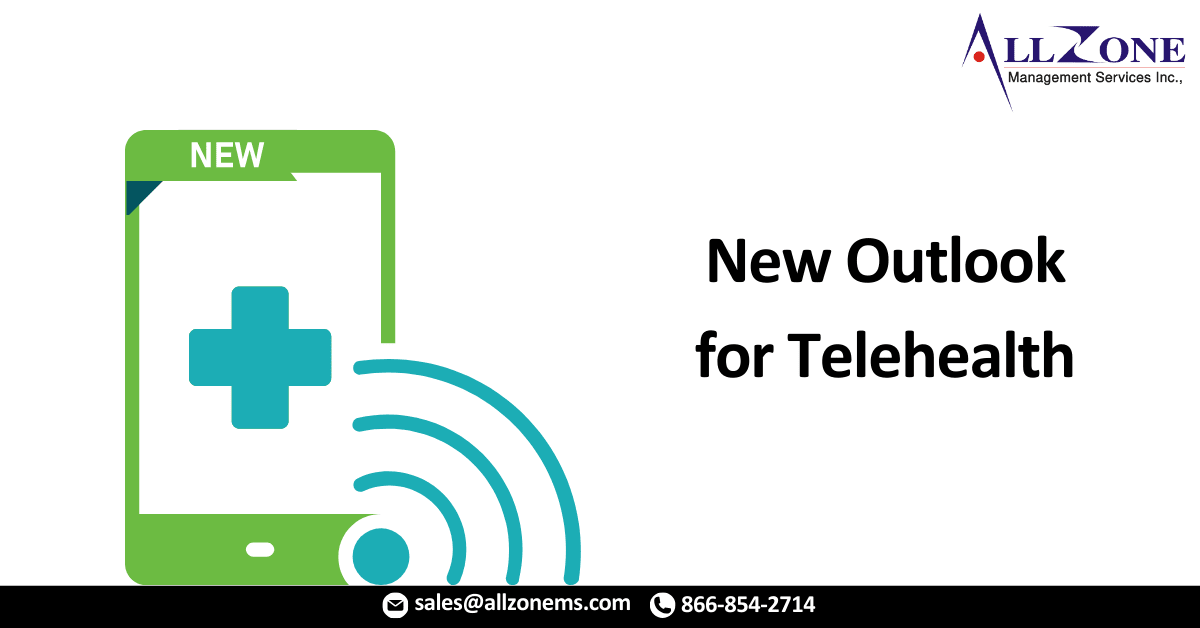“In our journey towards virtual healthcare & telehealth in Western NSW, there was a really purposeful transition toward it, looking at some of the problem areas across our region as pain points we had to address,” said Dr Shannon Nott.
On Day 1 of the HIMSS APAC Malaysia Digital Health Summit, Dr Shannon Nott, Director of Medical Services, Western New South Wales (NSW) Local Health District and Shehaan Fernando, Regional Director Population Health Management and Connected Care Informatics, ASEAN Pacific, Philips, together with HIMSS Chief Clinical Officer, Dr Charles Alessi gathered virtually at the session titled ‘New Outlook of Telehealth’ to discuss the opportunities and challenges in the implementation of virtual care.
How a Virtual Health Service Looks Like in Western NSW
Western NSW, where Dr Nott is based at, covers about 250,000 square kilometers (about the size of Germany in terms of land mass) with 35 smaller rural community hospitals and 3 larger hospitals that provide sub-specialty care.
In those 35 smaller hospitals, there are significant challenges in medical workforce coverage and nursing. Dr Nott said that some years ago, they looked into how to provide support to staff on the ground through both real time/synchronous virtual healthcare models but also synchronous models through remote monitoring both in the hospitals and in the home spaces. They also explored how to assist clinicians in providing them with the best access to information for patients, utilizing digital platforms to share information between clinicians and to support staff to work as effectively as possible.
An example is the vCare or Virtual Care unit and their role is to provide emergency and acute care support to the 35 rural hospitals, which started in 2008. At the time, they worked with Sony to develop over bed cameras and infrastructure that allowed critical care doctors and nurses to be able to provide advice in some of the most remote regions.
The vCare unit has also been enhanced to support the inpatients as many of the facilities do not often have doctors available. Telehealth carts and synchronous tech has been utilized to be able to do ward rounds on patients and 80-100 patients can receive care closer to home through the service, to ensure that patients in rural areas are getting the best quality care they can, through face-to-face and virtual methods.
Dr Nott said that there has been a disproportionate of adverse outcomes in some of their smaller rural facilities, particularly in the aspect of the deteriorating patient and it is an ongoing challenge. They started a project with Philips to embed their eCareManager system to look at early warning scores and utilize intelligence to guide the critical care virtual doctor and nurses, to be able to escalate care and get another set of eyes and ears on the ground and support the work that they are doing. This pilot also provided better support for nurses, and they are looking to expand the trial to all 35 sites by the end of this year.
A Programmatic Approach to Achieving Outcomes
“The success of delivering new (care) models is not just about the technology. You’ve got people, technology and process. And fundamentally to be success in these models, to deliver these outcomes (such as reduction of patients’ length of stay and reduction in mortality), you need to be able to deliver a new model of care. Clinicians have to practice medicine in a way they have never done before and that requires them to think differently,” explained Fernando.
The success of these models always come down to a powerful collaboration between the bed side and the central care team or the patient at home and the central care team. “These new collaborative models of care need to come in, which are not models of care that exist in our health systems today,” he added.
“To be successful, we really need to take a programmatic approach. Implementing the technology alone is not going to deliver the outcomes.”
Dr Nott agreed that it is really not about technology: “In our journey towards virtual healthcare and telehealth in Western NSW, there was a really purposeful transition toward it, looking at some of the problem areas across our region as pain points we had to address in the first instance.”
“Essentially, a virtual health service which we have building and establishing for a number of years, was formulated out of individual projects and as we built-up and developed more and more virtual models. The frameworks that existed for those individual models in terms of governance mechanisms, steering committees, safety and quality aspects, ended up coming together at a point where they are no longer individual projects – this is part of our health service overall.”
The key to that is ensuring good executive buy-in and understanding of the role clinicians play in forming leadership teams to drive new models of care and ensuring quality and safety of care. Clinicians driving the change should also understand the key benefits and the ability to advance the way care is being delivered but also grasp some of the limitations of technology with the associated risks.
For More Information: https://www.healthcareitnews.com/news/asia-pacific/new-outlook-telehealth

